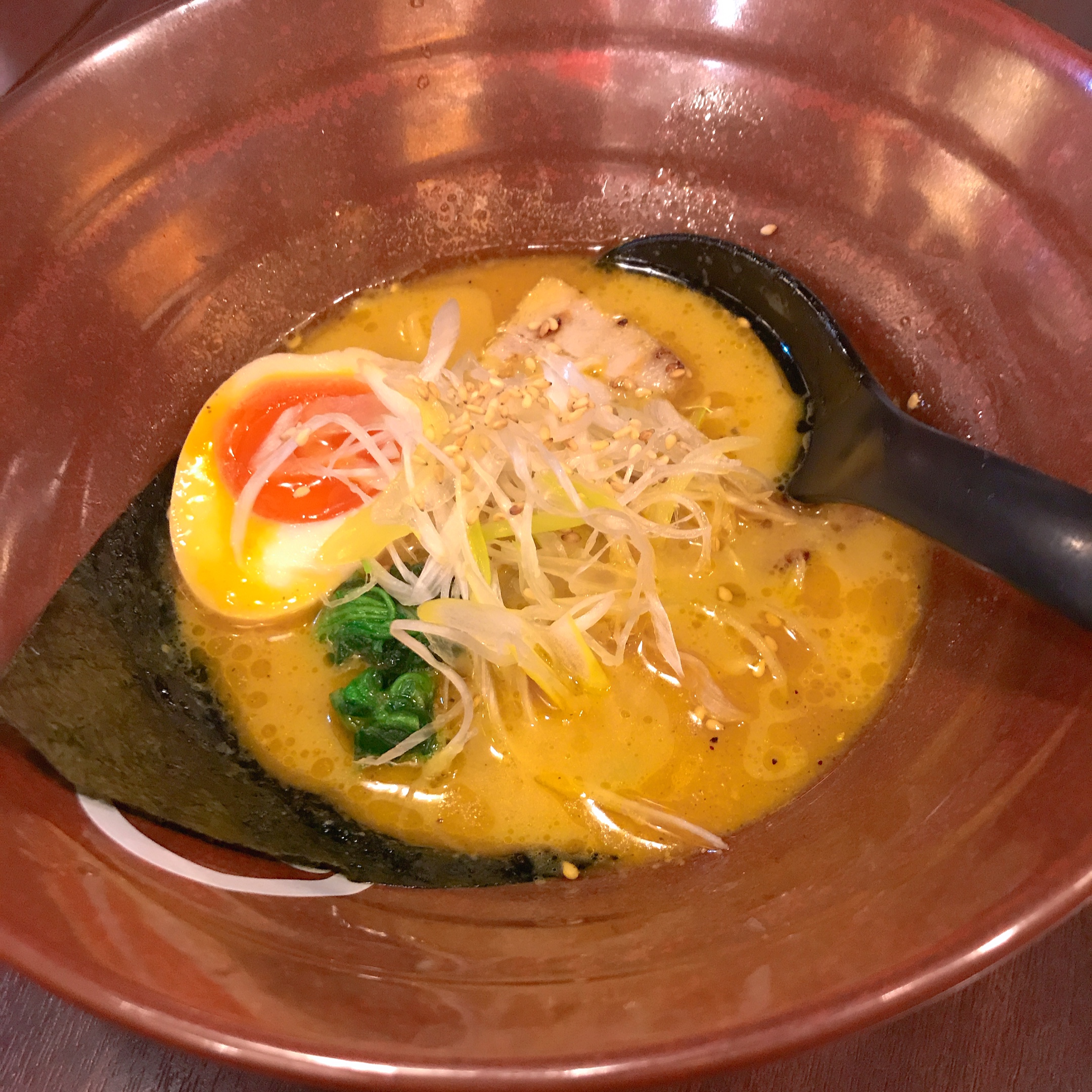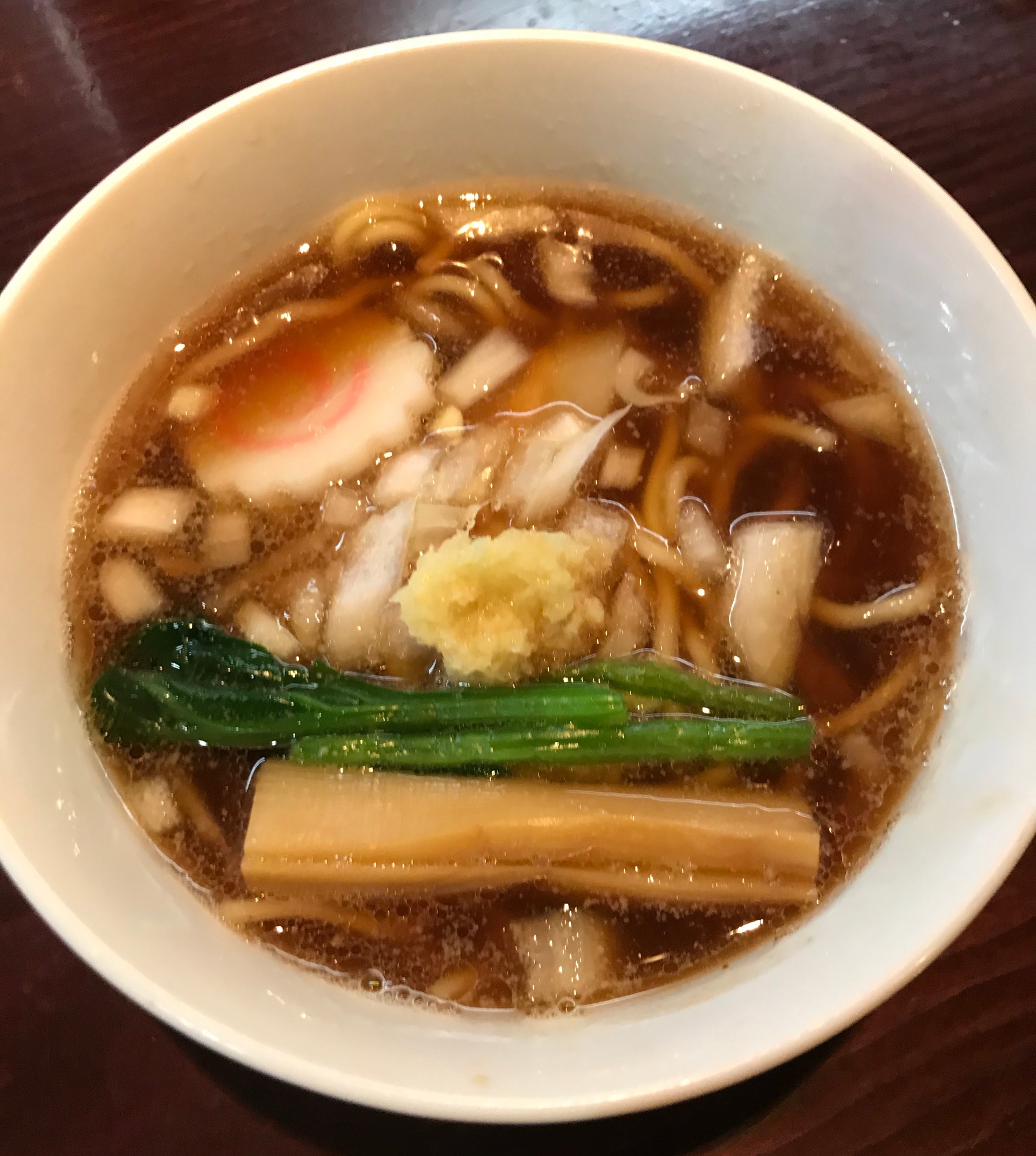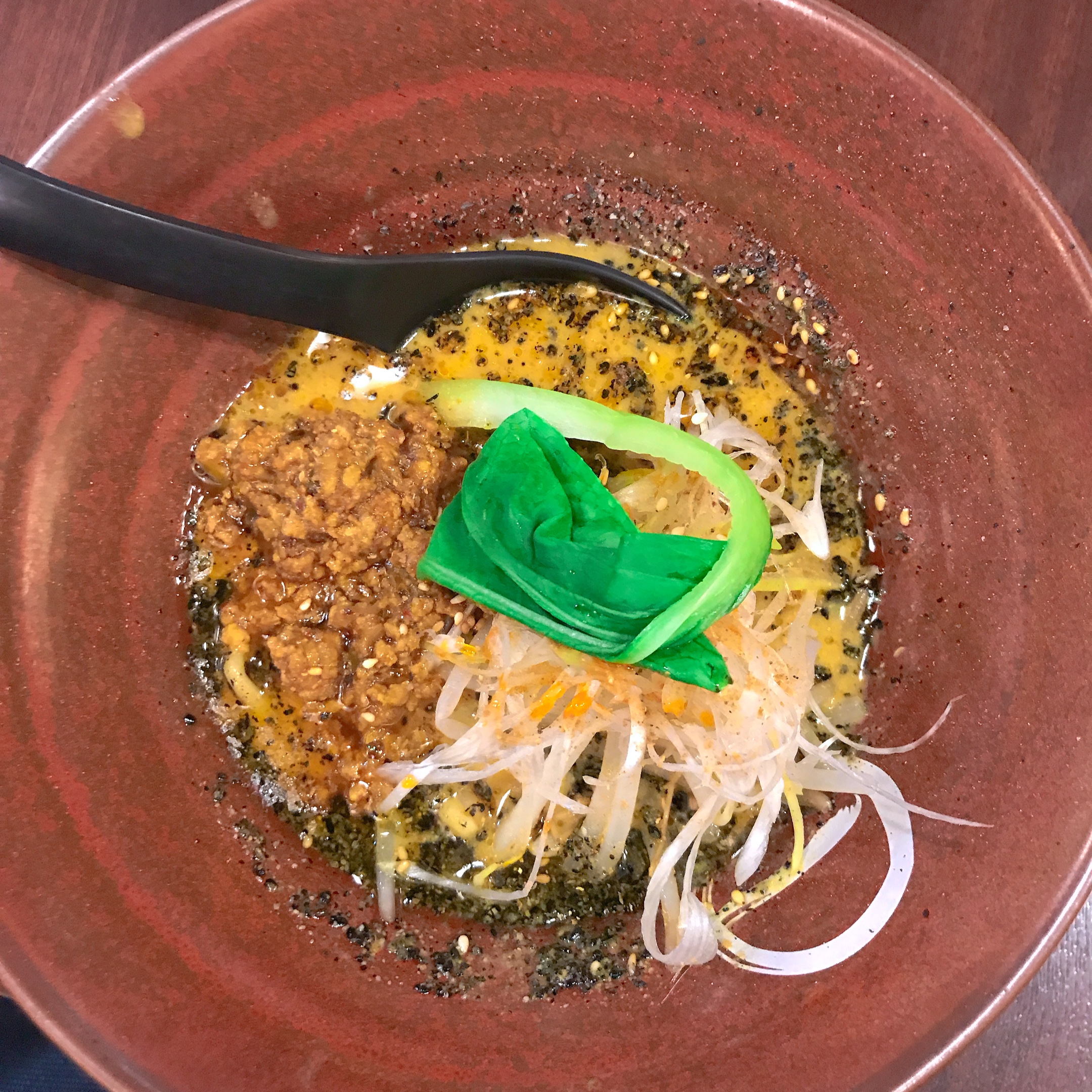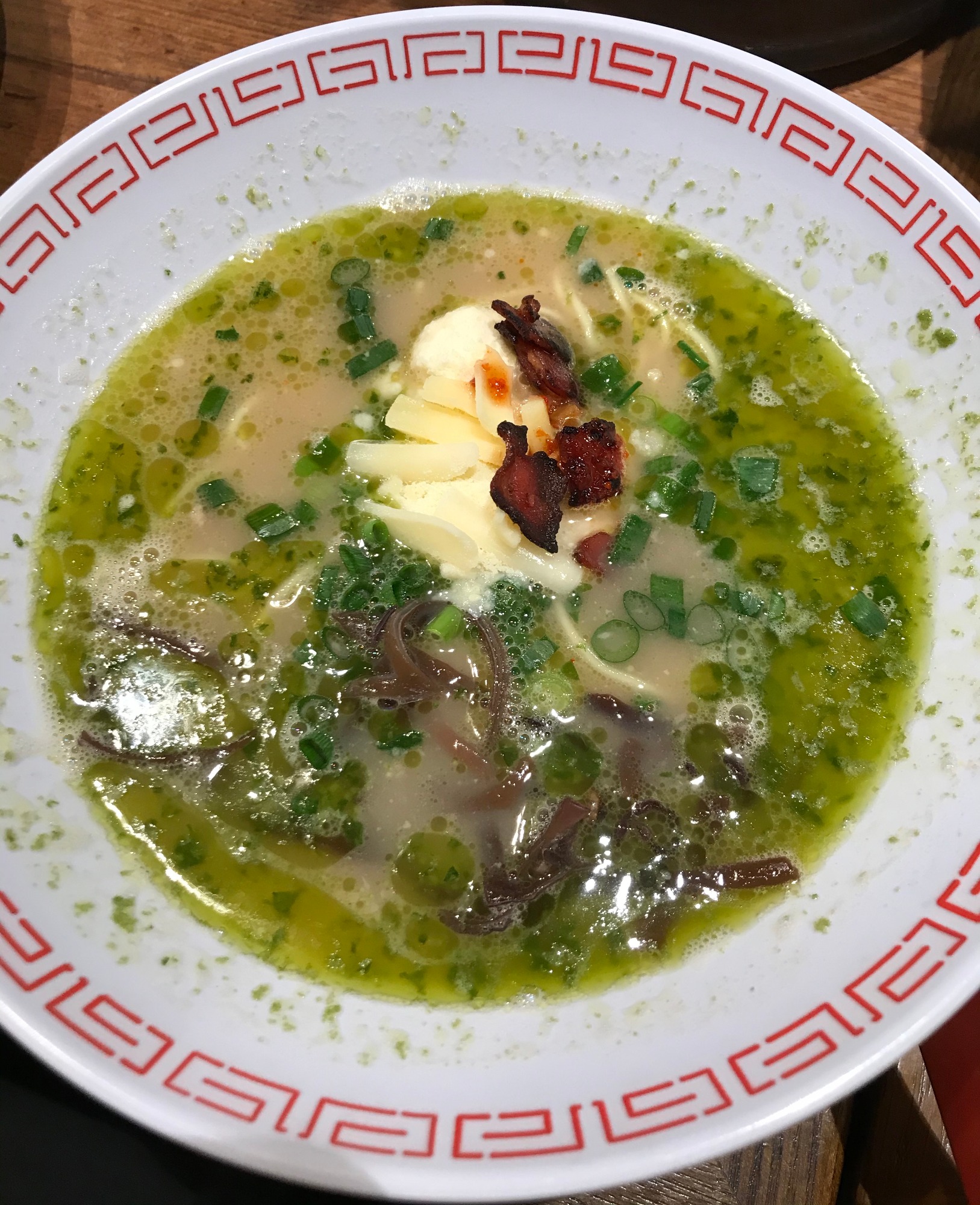Slurping a bowl of savoury ramen in the country where it was born was all I could think about on the flight to Tokyo.
Salty, subtle, spicy with chili oil or creamy from rendered pork fat, profoundly flavoured, noodle-packed ramen is my passion. And I was going to ramen central.
It’s easy to get a superb ramen fix in one of thousands of tiny shops in Tokyo, where excellence is expected no matter how modest the surroundings. Drop around 900 yen (less than $11 Canadian) into the vending machine at the front, chose your bowl from a photo and a ticket pops out. Hand it to the counter person, pick a stool or wait for one to empty, and anticipate bliss. Learn this Japanese word: oishii (delicious).
But where to go in a city of nine million people? I needed a guide. A ramen sensei.
Frank Striegl, a Filipino-American blogger and photographer born and raised in Tokyo, eats more than 350 bowls of ramen a year, calling it “the ultimate soul food.” His 5amRamen blog has photos that are so luscious, you may drool on your keyboard.
For the past two years, Striegl has been taking small-group tours of ramen obsessives to his favourite Tokyo shops. To maximize our tasting exposure on his three-hour Ultimate Ramen Tasting Tour, we’d eat quarter-size servings, choosing two selections from four options at each of three ramen shops. (The small sizes are a tour special; visit these shops on your own and you’ll get the regular size.)

Curry ramen at Shuichi.
Tokyo ramen shops are compact. Just a handful of stools at a counter and a couple of tables. Aside from enthusiastic slurping, which cools the hot broth and steaming noodles and also heightens the impact of flavours hitting your palate, it’s usually silent. People are here to eat. Whether it’s out of respect for what’s in the bowl, or an inability to stop eating long enough to talk, ramen goes down fast.
Before stepping up to our first counter, we learn how the Chinese brought noodles to Japan, the story of ramen’s evolution in the 20th century, and the soup’s first Michelin star, awarded to Tsuta in 2015.
Striegl also got us playing a spirited boundary-pushing game of “is this ramen?”
He had a theme for each shop. It was fitting he chose the theme of kodawari, Japanese for the relentless pursuit of perfection, for our first stop, Emoto Ramen in Naka-Meguro, for niboshi (dried fish ramen). Would my first bowl be as seductive as I hoped?

Niboshi shoyu ramen at Emoto Ramen.
The ramen master there tinkered with 200 broth combinations before landing on a blend of three types of dried baby sardines, dried horse mackerel blowtorched for extra flavour, chicken bones and large sheets of dried kelp to create the rich, salty, complex broth.
Is it wrong to feel like crying when you eat ramen?
My niboshi shoyu ramen was complex and dark, with fermented soy sauce, thin chewy noodles, a bamboo shoot and bright green broccolini stalk on top. As a noodle hound, I also swooned over my bowl of shrimp mazesoba, a soupless bowl of thick, wavy noodles tossed with a slick of salty shrimp oil, spicy cod roe, salmon paste and slow-braised chashu pork. Striegl rightly pronounced it “insanely delicious.”
The Japanese are big curry fans. (Their thick, slightly sweet take on the dish would quickly become one of my favourite breakfasts.) We took the subway with Striegl towards Shibuya, home of Tokyo’s famous scramble intersection, to eat curry ramen at Shuichi. Made by a smiling, towering chef who looks like a Japanese Viking, the velvety and slightly spicy yellow curry broth was based on chicken and pork stock. A perfect six-minute egg nestled on top of dense and chewy noodles. Oishii.
I also fell hard for my second choice at Shuichi: lush, nutty smoky black sesame tantanmen ramen topped with ground pork and crunchy bamboo shoots. I could get lost in that bowl of ramen.

Black sesame tantanmen ramen at Shuichi.
Feeling full but unable to stop, I waddled to our final shop, where we’d be truly challenged about what constitutes ramen. Were we ready to try Ramen Nagi Butao’s Black King, a bowl of charcoal-coloured squid ink ramen? I went for the even more out-there offering: Green King, where a classic, almost buttery pork-bone tonkotsu got an Italian twist with a good splat of basil-heavy pesto, a generous sprinkle of Parmesan and a shower of crispy bacon. It shouldn’t work, but it did, in a pesto spaghetti-meets-carbonara-ramen way.

Green King ramen at Ramen Nagi Butao.
“What makes ramen special is that it’s evolved into something so much greater and so much more complex,” Striegl says. “In fact, it still continues to evolve.”
New additions to the ramen family include duck broth ramen and sea bream ramen, as well as truffles and truffle oil; Striegl just launched a vegan/vegetarian ramen tour.
I’m so full, I can barely get up from the table, but as I head back to my hotel, I curse myself for forgetting to ask where I can get some of that duck ramen. Next time.
To book a Tokyo Ramen Tour go to 5amramen.com
Read more from our Food & Drink section.









